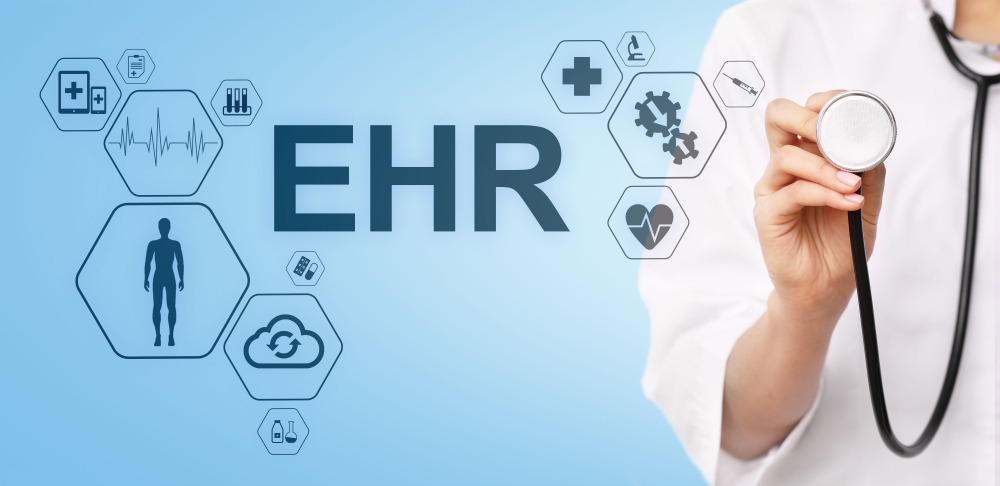
Electronic Health Records (EHR) have revolutionized the healthcare industry by streamlining workflows, enhancing patient care, and improving medical billing and coding processes. As healthcare facilities worldwide move away from traditional paper-based methods, adopting EHR systems has become essential for operational efficiency and regulatory compliance.
In this article, we’ll explore the 10 key advantages of electronic health record systems, their impact on healthcare operations, and why every medical practice should integrate EHR solutions especially when paired with expert billing services like Armored MBS.
One of the most important benefits of electronic health records is instant access to patient information. Unlike paper charts, EHR systems allow providers to retrieve comprehensive medical histories within seconds, ensuring:
This improved accessibility leads to quicker decision-making and enhanced patient safety.
Paper records often suffer from illegible handwriting, missing data, or misplaced charts. EHR systems drastically minimize these issues by:
Accurate records not only support better clinical decisions but also improve medical billing and coding accuracy, leading to fewer claim denials a core focus at Armored MBS.
EHR systems significantly improve communication between healthcare providers. Since patients frequently see multiple specialists, having a centralized, real-time record ensures that everyone involved in the patient’s care has consistent information. For example:
This improved coordination reduces duplicate tests, enhances patient outcomes, and builds stronger patient–provider trust.
At Armored MBS, we understand the critical link between EHR systems and efficient revenue cycle management. One of the most valuable advantages of electronic health records is their integration with billing platforms. Key benefits include:
With EHR-integrated billing, healthcare practices can maximize revenue while reducing administrative workload.
EHR systems streamline everyday tasks, saving time for both providers and administrative staff. Instead of digging through filing cabinets, records are readily available digitally. This leads to:
By reducing manual work, physicians can dedicate more time to patient care a major productivity boost for practices partnered with Armored MBS.
Safeguarding patient information is a top priority. EHR systems are built with HIPAA-compliant security features, including encryption, secure logins, and controlled access. Compared to vulnerable paper charts, EHR systems offer:
These security measures build patient trust by ensuring confidentiality and data integrity.
Many EHR platforms come with patient portals, empowering patients to take an active role in their healthcare. Through these portals, patients can:
When patients are engaged, they’re more likely to follow treatment plans and focus on preventive care, ultimately leading to better health outcomes.
EHR systems offer robust data analytics tools that help healthcare organizations track and improve outcomes on a broader scale. Clinics and hospitals can:
For example, if an EHR system detects a surge in diabetes cases in a specific area, healthcare providers can implement early intervention strategies to manage the trend.
While implementing an EHR system involves upfront investment, the long-term financial benefits are significant. Practices save money through:
With expert billing support from Armored MBS, these cost savings are further amplified through more efficient revenue cycle processes.
EHR systems make compliance with government and industry regulations much easier by:
This reduces the risk of costly penalties and positions healthcare facilities to qualify for incentive programs.
Beyond these ten core advantages, EHR systems offer even more value:
EHR solutions are truly the backbone of modern, data-driven healthcare.
Armored MBS specializes in medical billing and coding services that seamlessly integrate with EHR platforms. Our team helps practices achieve:
By combining EHR technology with expert revenue cycle management, Armored MBS enables healthcare providers to boost profitability, maintain compliance, and deliver exceptional patient care.